
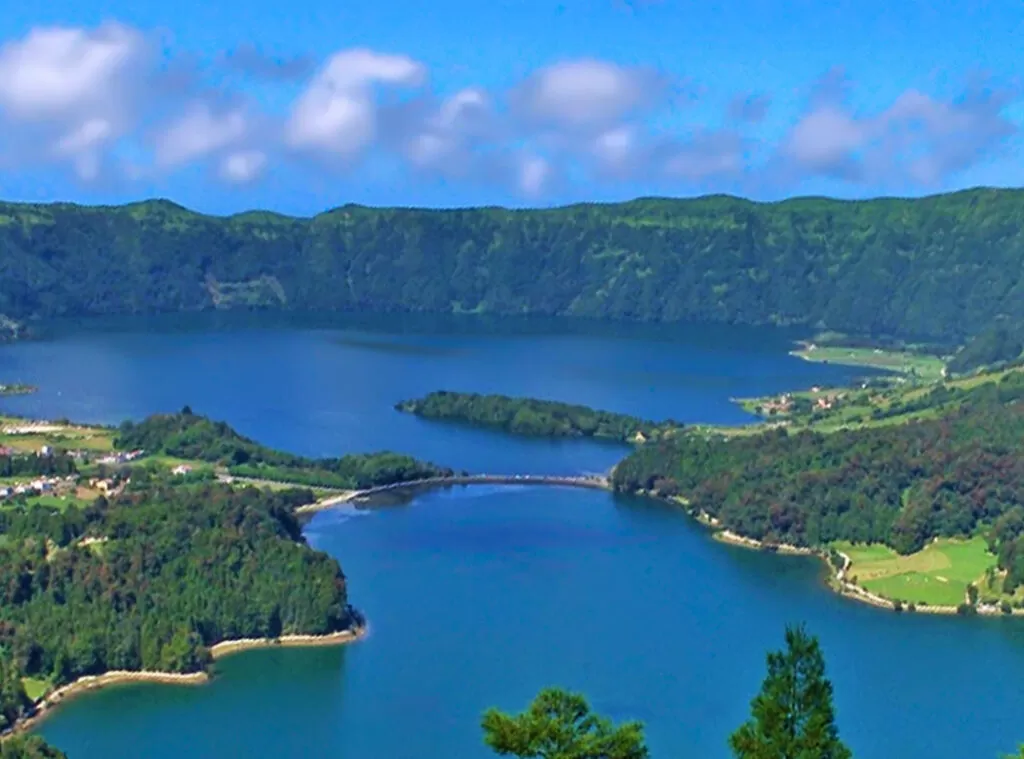

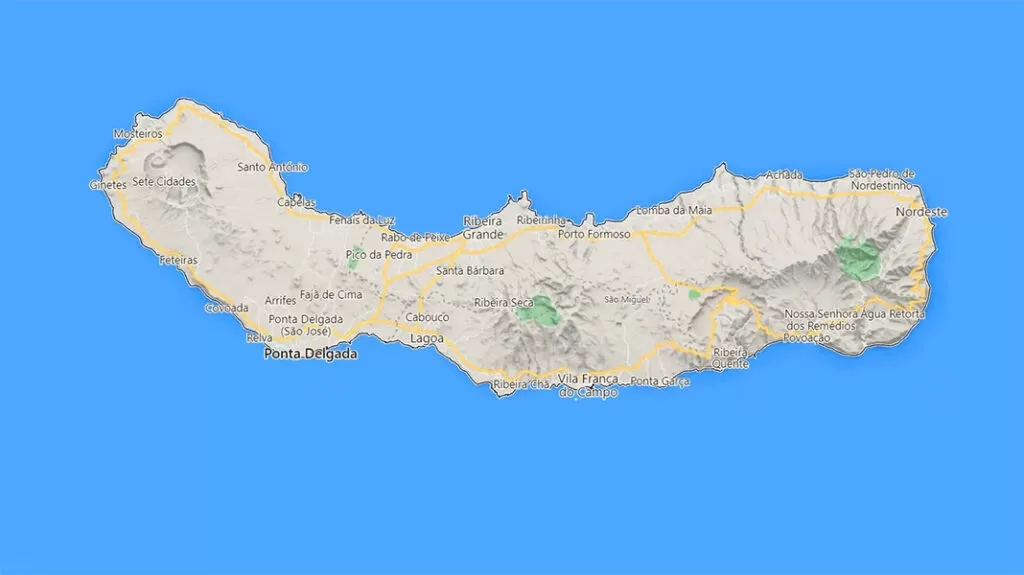
São Miguel is a small island (63.5 km) that is full of beauty. There are lovely lakes, little islands, hidden dark sandy beaches, steep cliffs, and mountains like Pico da Vara (in the Northeast).
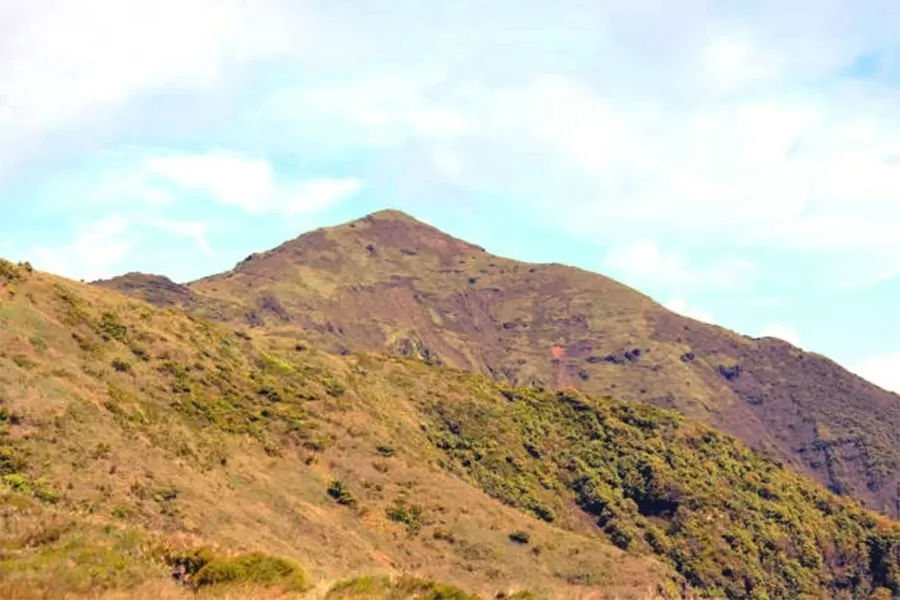
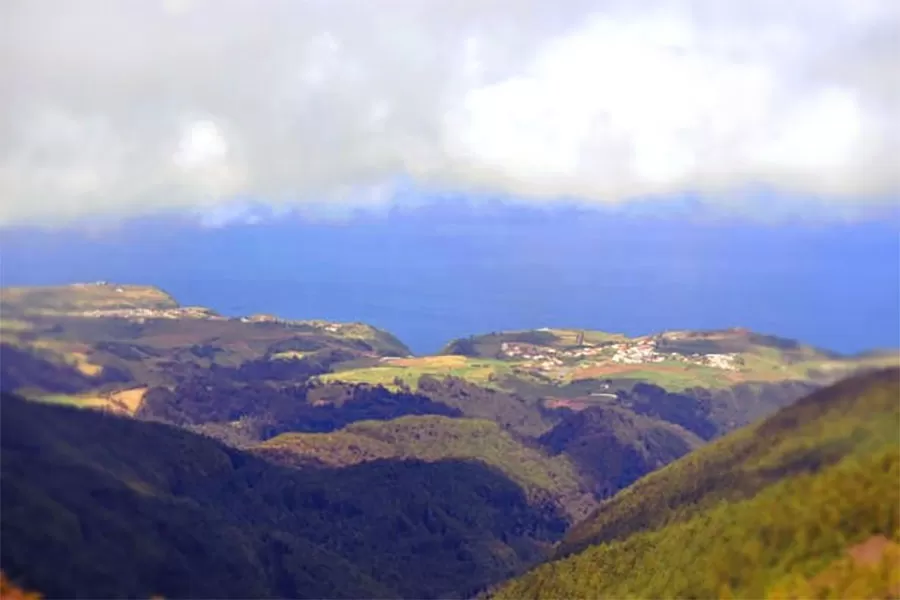
Ships during the Age of Discoveries often used a north-easterly wind to reach this area. When they spotted Pico da Vara, it filled them with joy.
What to visit on São Miguel Island
Ponta Delgada
Ponta Delgada is a great city. It is on the south coast. You can walk around the streets and go to cafés. There is also a nice waterfront area. We like to go there regularly.
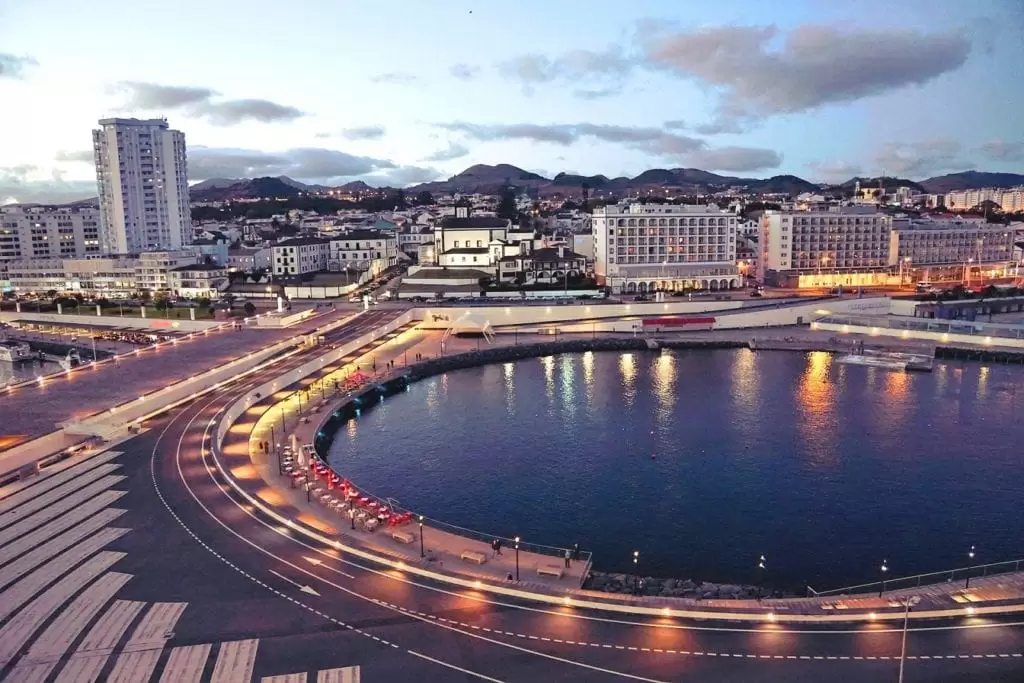

The town has kept its appeal despite the recent developments, like a marina, hotels, and a shopping center. Nearby, people are growing the well-known pineapples in a greenhouse.
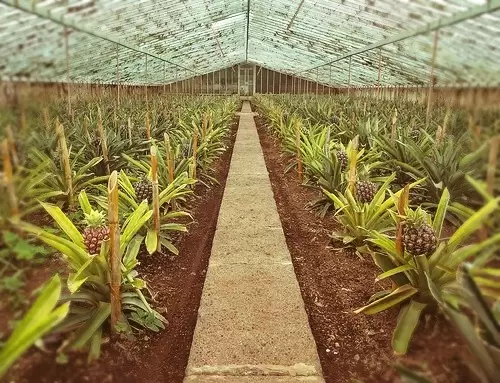
Senhor Santo Cristo dos Milagres is a beloved figure in the Azores. The city of Ponta Delgada is the center of devotion.
This devotion began when Pope Clement VI donated the image of Senhor Santo Cristo dos Milagres (in the 16th century).
It is said that this image has a piece of the True Cross of Jesus Christ on its chest.
Discover Sete Cidades Lake
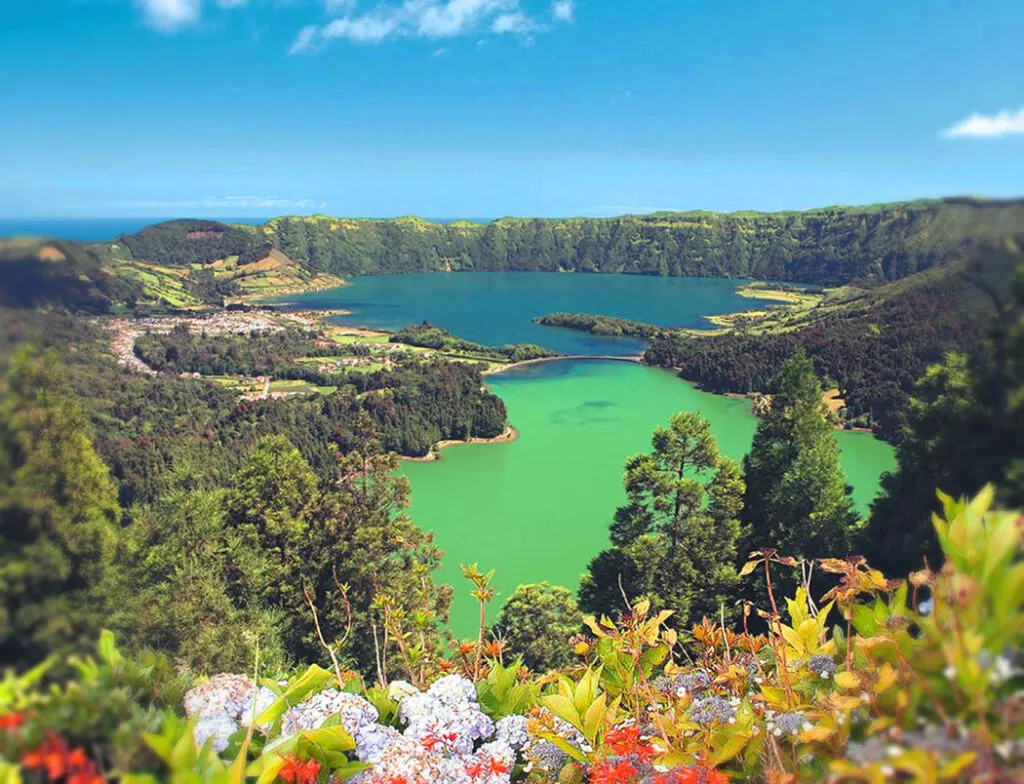
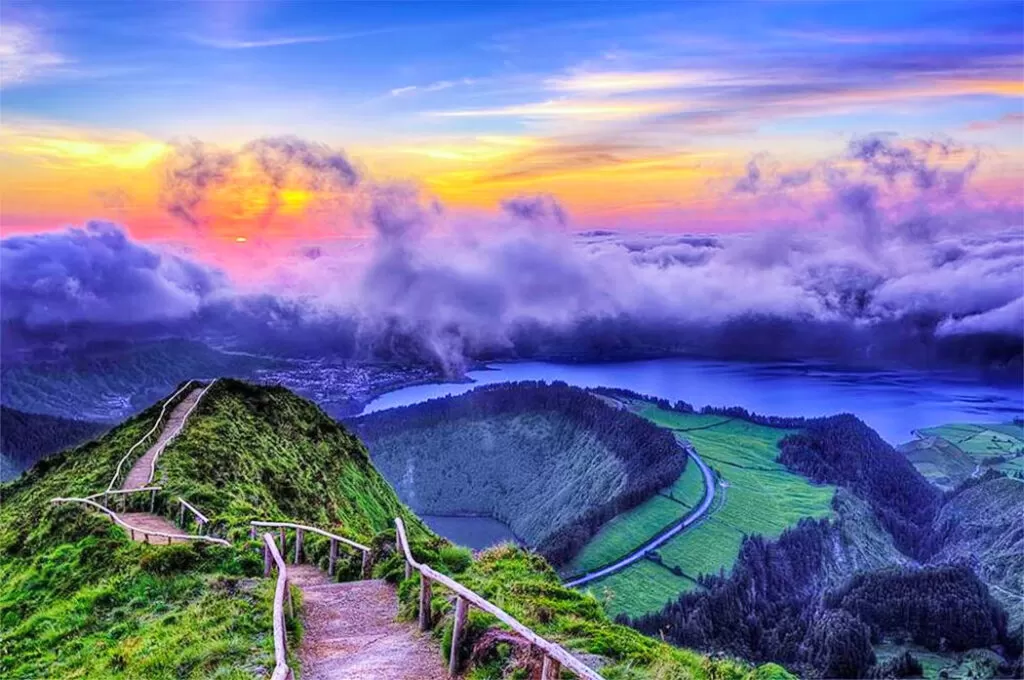
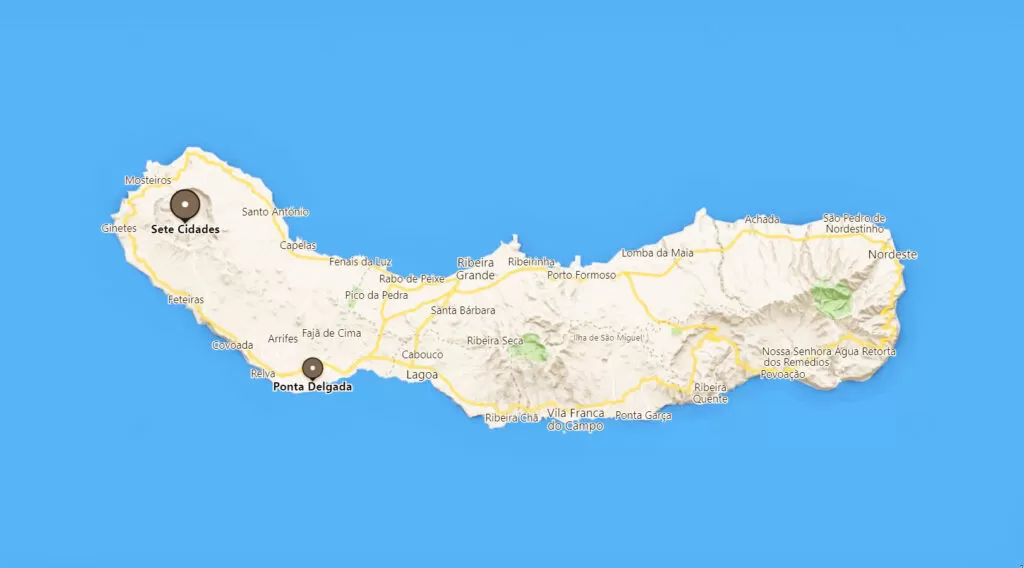
The Sete Cidades Lake, famous and majestic, lies on the other end. Its colors, blue and green, are seen in tourist advertisements. São Miguel is the most recognized of the Azores.
Canário Lake, close by, is the newest sensation on social media from the Azores.
Ribeira Grande


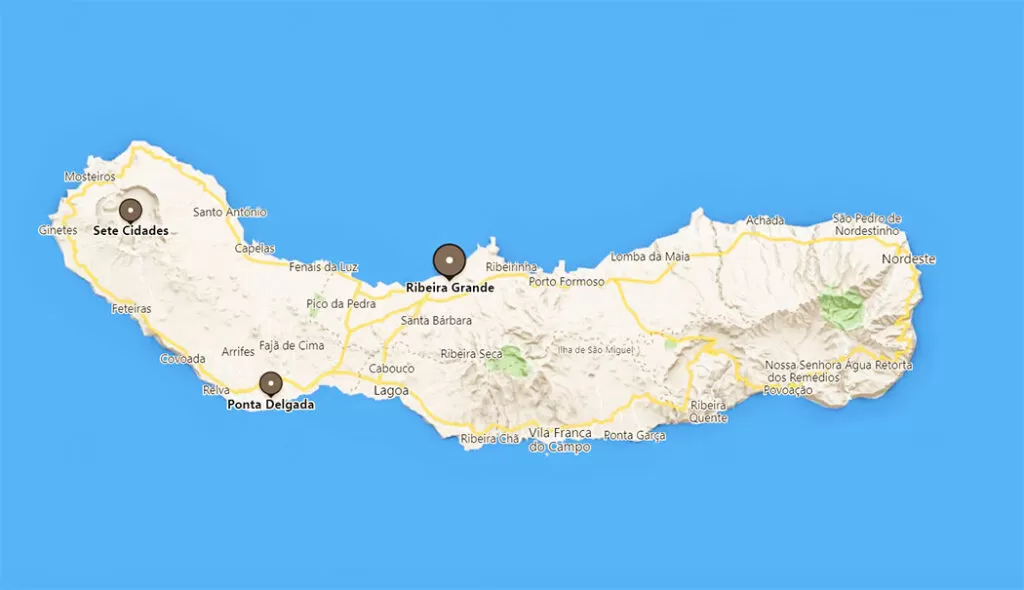
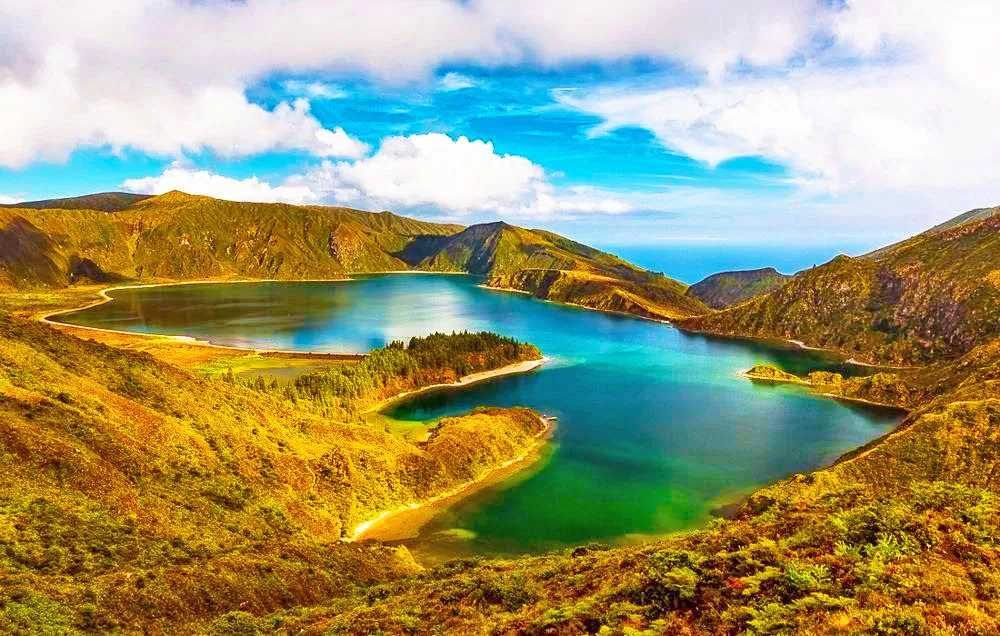
As we go north along the middle part of the coast, we come to the lovely town of Ribeira Grande. Not far away is Chã da Gorreana tea fields and Porto Formoso.
Furnas: Terra Nostra Park
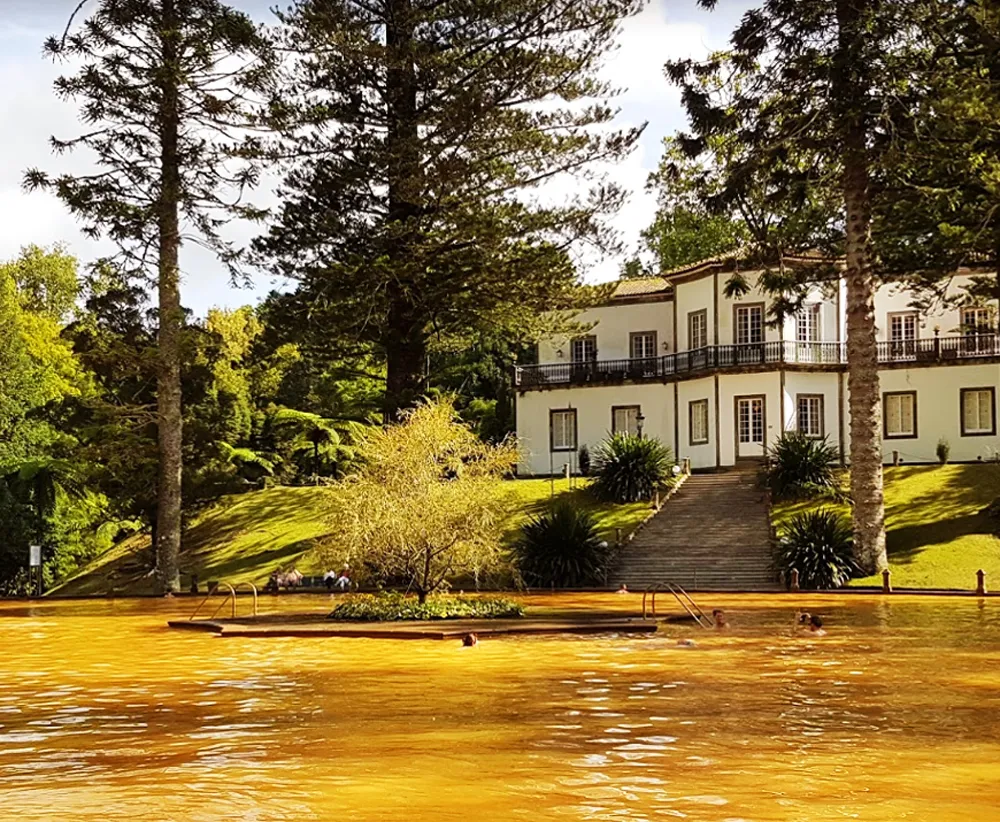
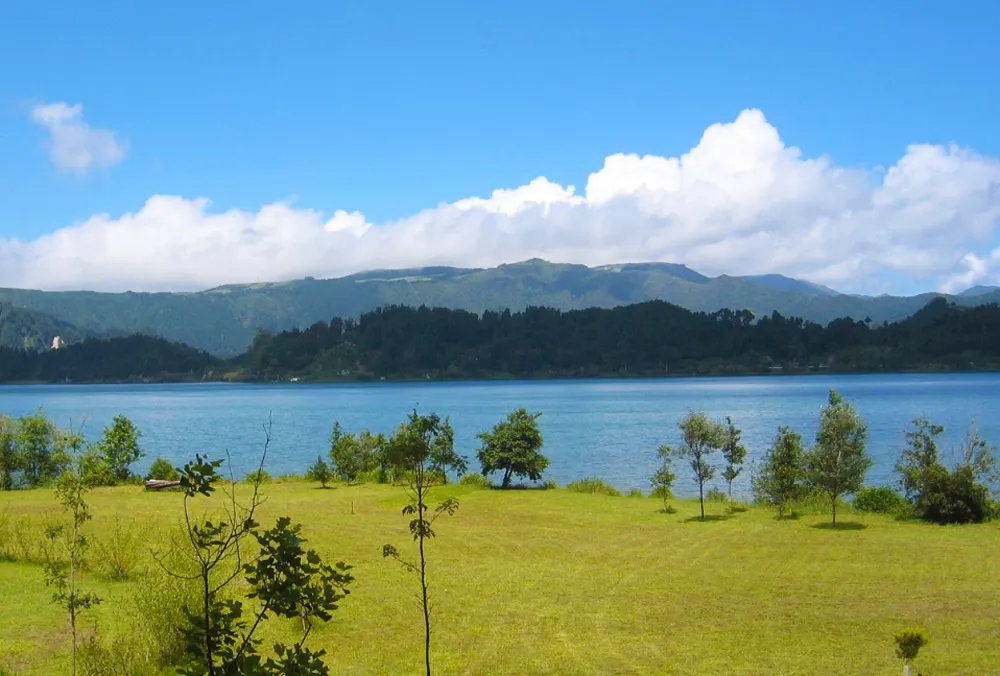

You must visit the small Furnas hot springs in the southeast: bubbly hot springs and fumaroles. The unique smell reminds you are in a volcano, in fact, in a gigantic crater.
Nordeste

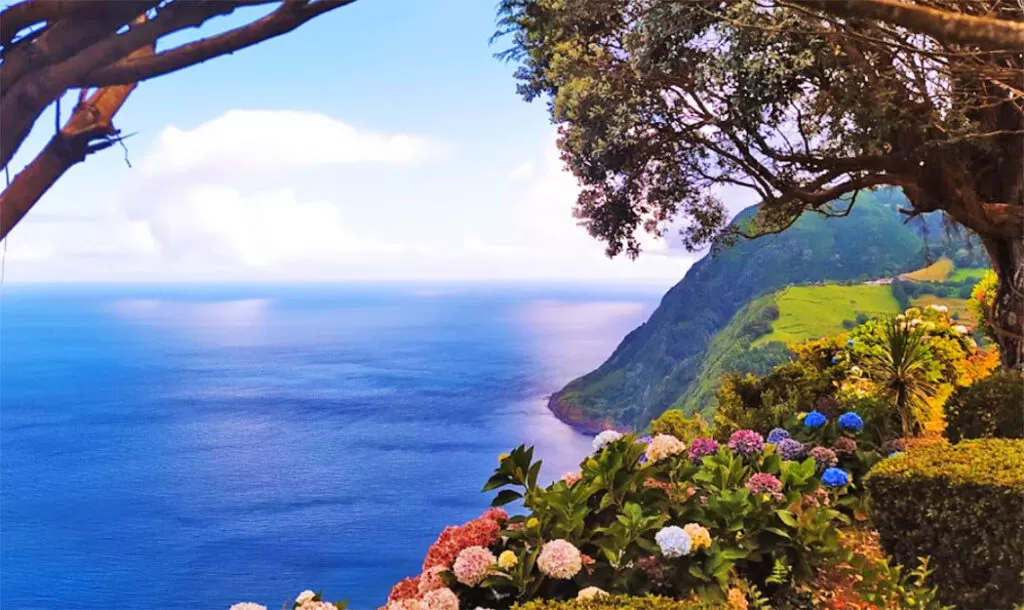

The Northeast region is peaceful, and the coastline is stunning. There are plenty of beautiful places to see. The distance from Ponta Delgada to Nordeste is 50 minutes.
Vila Franca do Campo
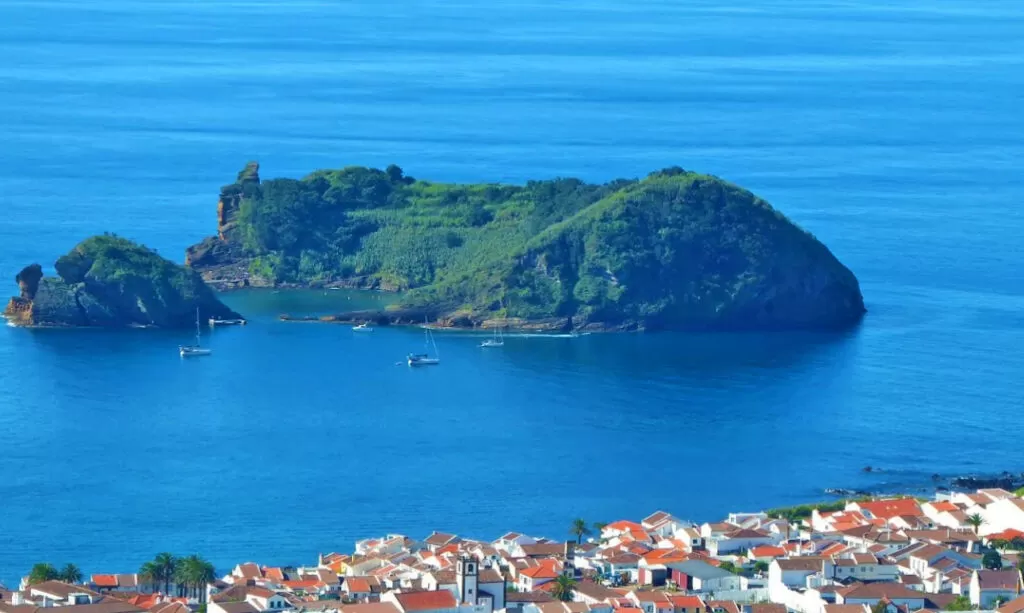
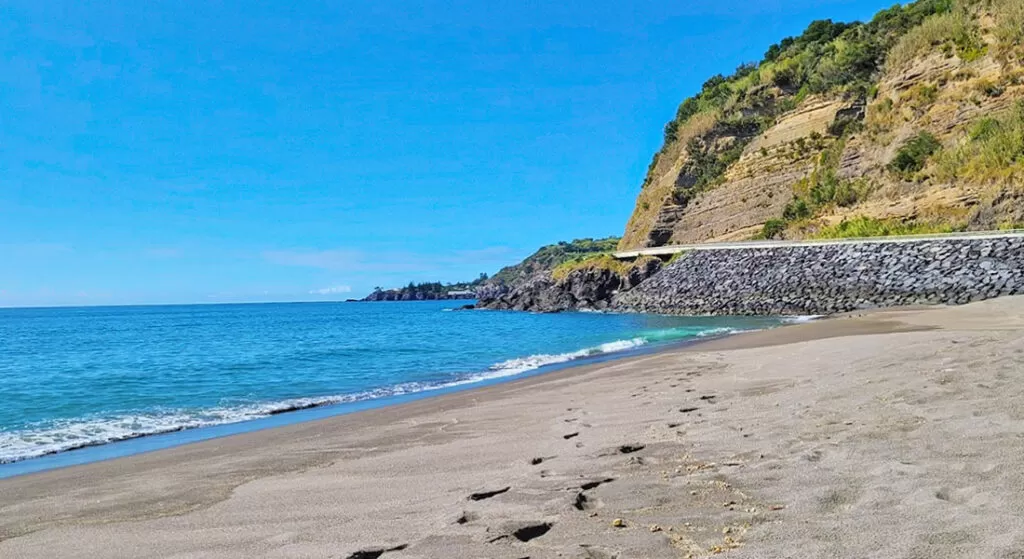
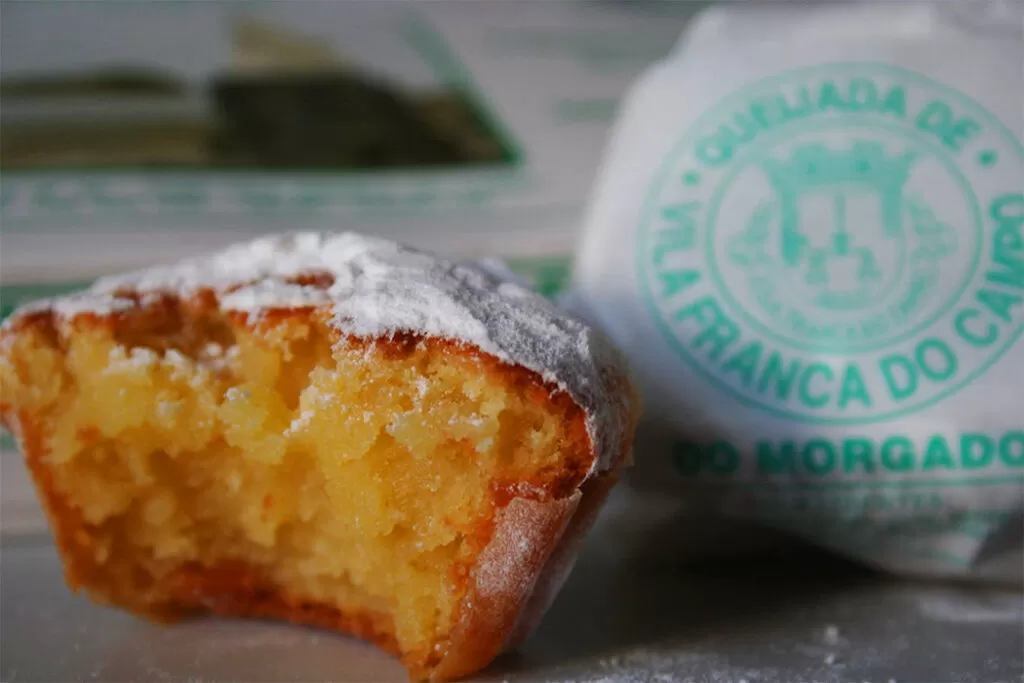
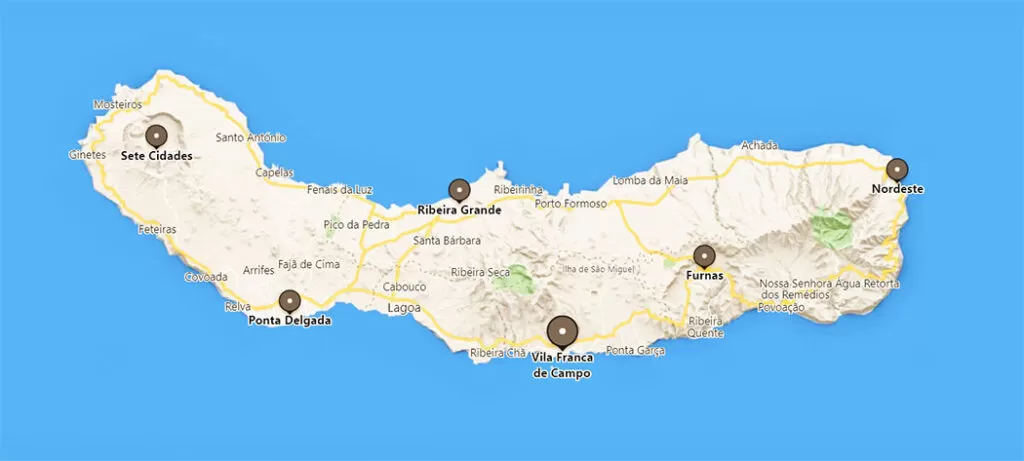
Vila Franca do Campo was the first capital of São Miguel. It is between Ponta Delgada and Furnas.
It’s still a beautiful place to explore! Before leaving, stop by the port and marina, and grab a coffee and a tasty local pastry.
What to Do:
Where to stay in San Miguel
If you only have 1 week to explore, you will leave places for the next visit. Spend the first 3 nights of your holiday in Furnas, and the remaining nights in Ponta Delgada.
This way, you get a genuine sense of the island’s diversity. You will definitely need to rent a car.
Ponta Delgada offers many thrilling hotels, like the Octant Ponta Delgada. It’s situated close to the waterfront boulevard and offers a fantastic view of the ocean. Plus, it has an outdoor pool!
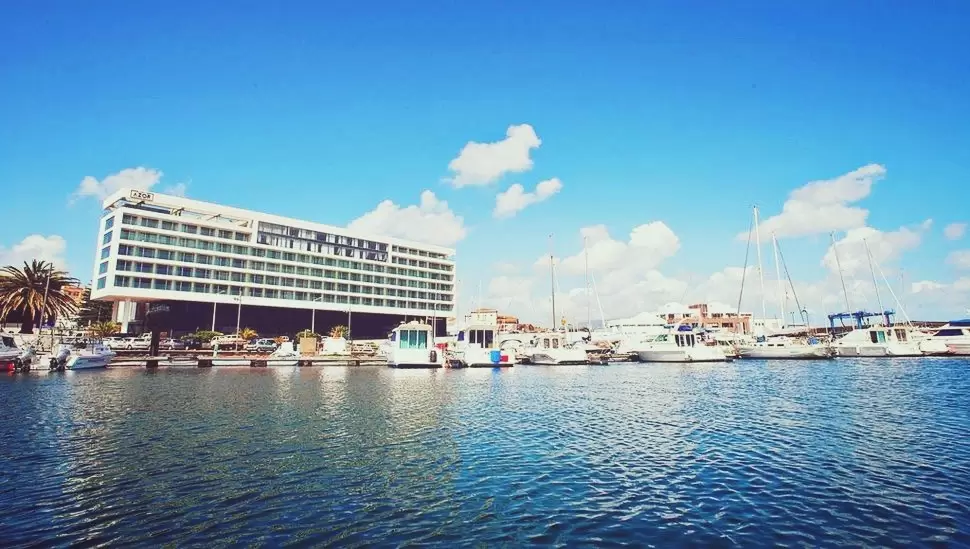

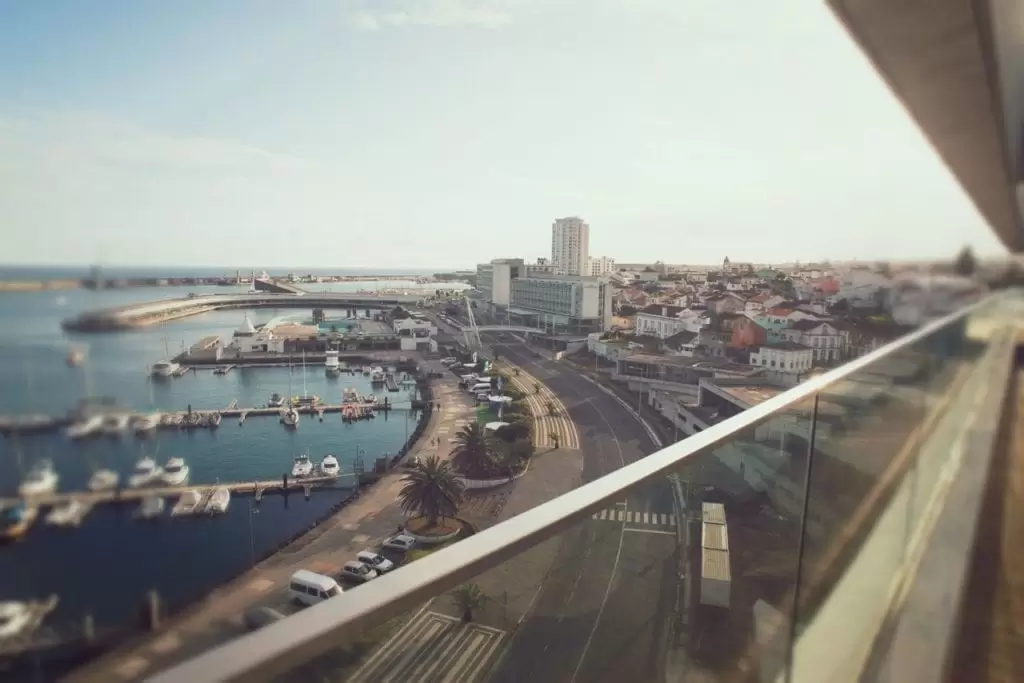
The Furnas Valley’s got it all for a perfect relaxation. Octant Furnas hotel is the spot for it, with swimming pools, spa, and wellness centre. If you’re looking for a break, this is the place!

What to Drink and Eat in São Miguel (Azores)
São Miguel’s cooking is lively. To try genuine food, have a look at the Casas de Pasto, Tascas, and eateries close to the docks.
Furnas Stew

This island’s best-known dish uses local, fresh produce cooked underground. They left it for 6 to 7 hours in a pit, where the delicious juices mingle – the meat almost falls apart in your mouth. It is a unique experience.
This dish has chorizo, local black pudding, white and sweet potatoes, yams, cabbage, turnips, carrots, cabbage, chicken, pork, and beef.
Entrées

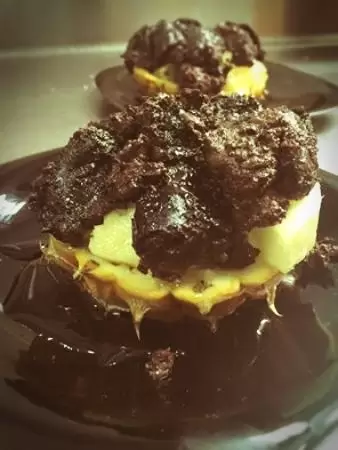
Try the combination of Fresh Cheese and Pimenta da Terra – a mix of peppers from the Capsicum species – for a unique taste. And don’t forget to give the Roasted Black Pudding with Pineapple a go for an even more interesting flavor.
The Pimenta da Terra pepper is a must-have condiment in São Miguel. It’s best enjoyed with Vinho de Cheiro wine.
The flavors of roasted meats pair well with these condiments. Roasted beef and potatoes in Azores are delicious.
Bolo Levedo (Yeast cake)
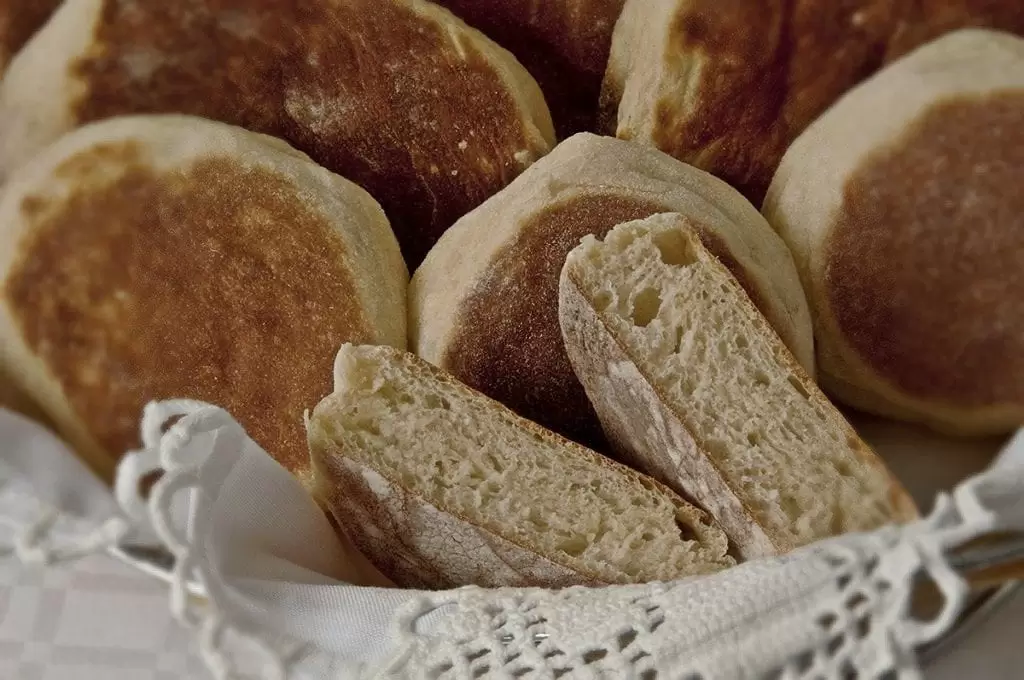
The sweet Bolo Levedo is typical of Furnas – disc-shaped bread. It exists not only on this island, but has the particularity of adding eggs and sugar. They usually serve it with butter or fresh cheese.
Regional Steak
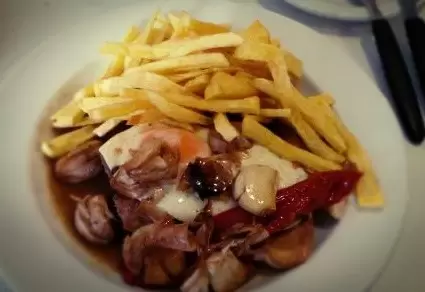
Bife Regional is a fried steak with garlic, pepper, fried egg & fried potatoes. Each restaurant has its steak dish, bigger than the regional one, not always better.
Fish
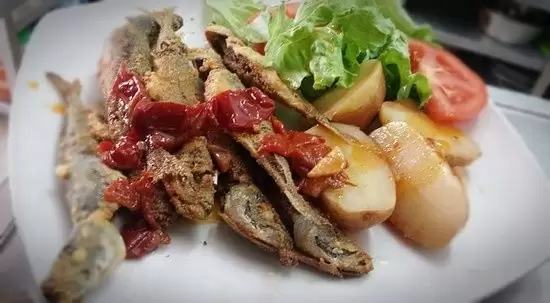
As expected, there are several fish dishes, such as fried Chicharros (small horse mackerel), Abrótea (Forkbeard). The Octopus is divine.

They stew the octopus with wine (Vinho de Cheiro), pepper and Piri Piri. Then roasted with potatoes, often accompanied by bread. It is a slightly spicy dish.
Piri Piri is a type of pepper from the Capsicum frutescens plant, which Portuguese explorers brought from their old African colonies.
Crustaceans
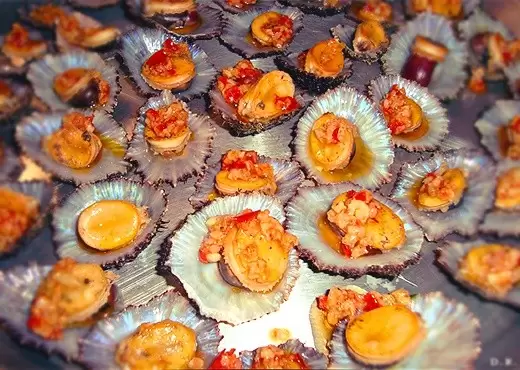
Limpets, a type of mollusk found on rocks, are a popular snack in the Azores and Madeira islands.
In São Miguel, they make a sauce of garlic, butter, pepper, and lemon juice to go with barnacles. Barnacles look like bits of earth taken from rocks – they’re a salty treat.
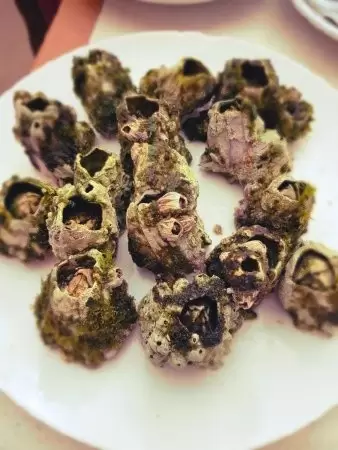
Desserts
Passion fruit pudding or mousse, made with gelatine, cream and condensed milk, is a fresh and delicious dessert.
Pastries from Vila Franca de Campo are great with coffee. Nuns from the Santo André Convent made them. Eggs are the key ingredients, and they cover the top in icing sugar.
São Miguel makes its own brews. The most famous is Especial from Melo Abreu, producer of the well-known soda Kima (fizzy – made with passion fruit flavoring) and Laranjada.
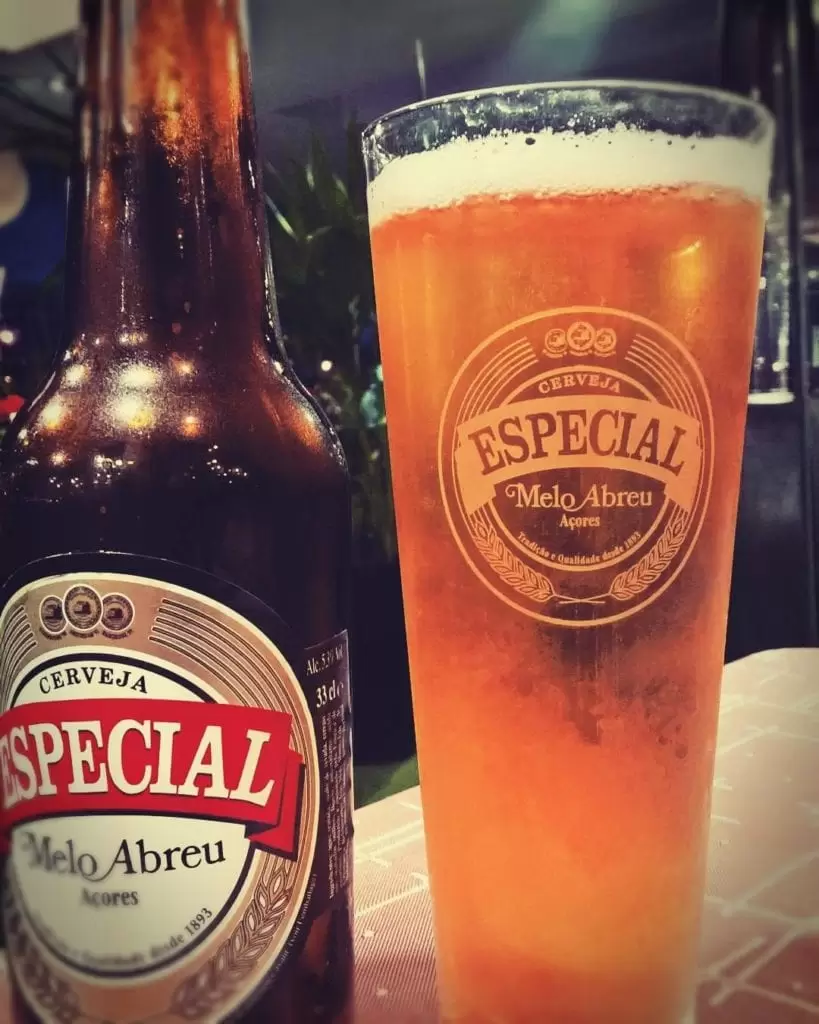

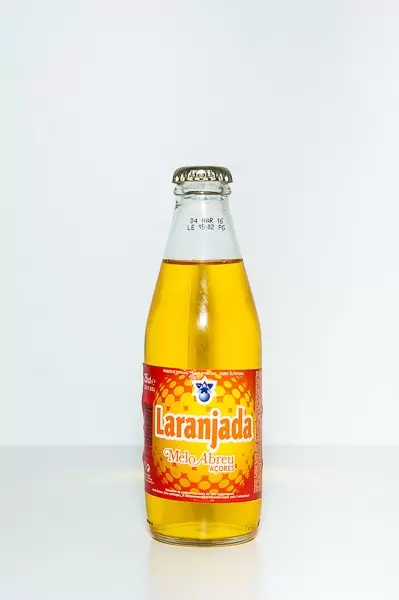
Ribeira Grande’s liqueur Licor de Maracujá has won awards around the world.

Gorreana Tea is a tea from Europe’s oldest plantation on the east coast of an island near Porto Formoso. It has a smooth taste.
Older people often drink tea after meals. The island is still the major buyer of this tea.
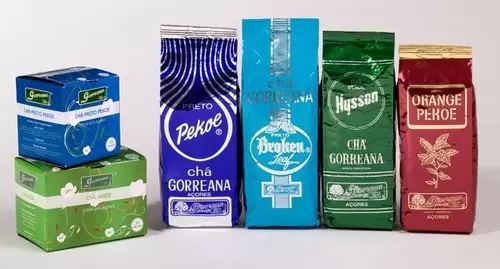
Vinho de Cheiro is made from the Isabelle grape, which was brought over by Azorean emigrants from California. Making this wine has become less common, and they serve it at Festas do Divino Espírito Santo.

History & Culture
At first, São Miguel was in the hands of the Order of Christ, descendants of the mysterious Templars.
Prince Henry the Navigator selected to lead the settlement Friar Gonçalo Velho, who guarded Almourol (Santarém) and fought in North Africa.
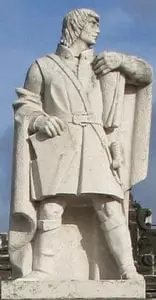
On São Miguel, a strong odor of sulfur filled the air and incredible volcanic activity occurred. Legends linked it to the devil‘s existence.
It sounds like a joke, but it wasn’t funny. There were imposing eruptions like in the place we call Lagoa de Fogo (Fire Lake) – a sight that would scare anyone.
Twelve knights (same number as the Apostles) explore the island – veterans “scarred” by the Islamic empire in North Africa; hardly weak at the knees with myths and legends.
They showed up on 9/29/1444, the day we honour when Archangel Michael guided God’s forces against the devil.
Gonçalo Vaz Botelho, known as “Grande” (“Big”, he was very tall) was among them. His father was Commander-major of the order, and his son would later become the first native of São Miguel.
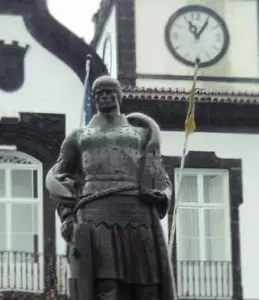
Cult of the Divine Holy Spirit
The Order of Christ defended the cult of the Holy Spirit in the Azores. The Franciscans promoted it.
In the 16th century, Tomar was the focal point of the Holy Spirit Celebration. It was home to the Order of Christ.
The cult was based on the belief that the Holy Spirit was a divine messenger who could communicate with the faithful, providing them with guidance and help.
After 1540 (Inquisition), it disappeared from the continent. They restored it in the second half of the 20th century, but never with the same vigor.
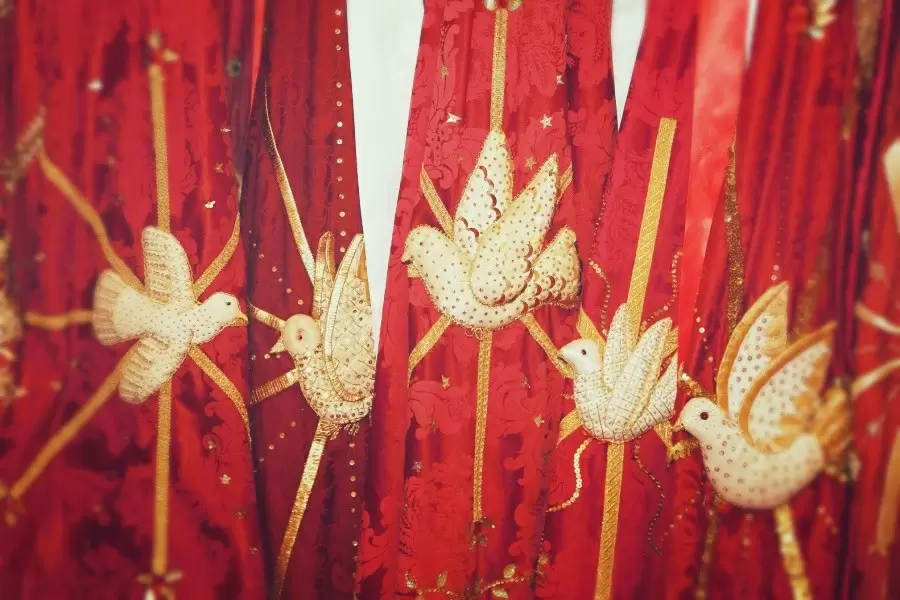

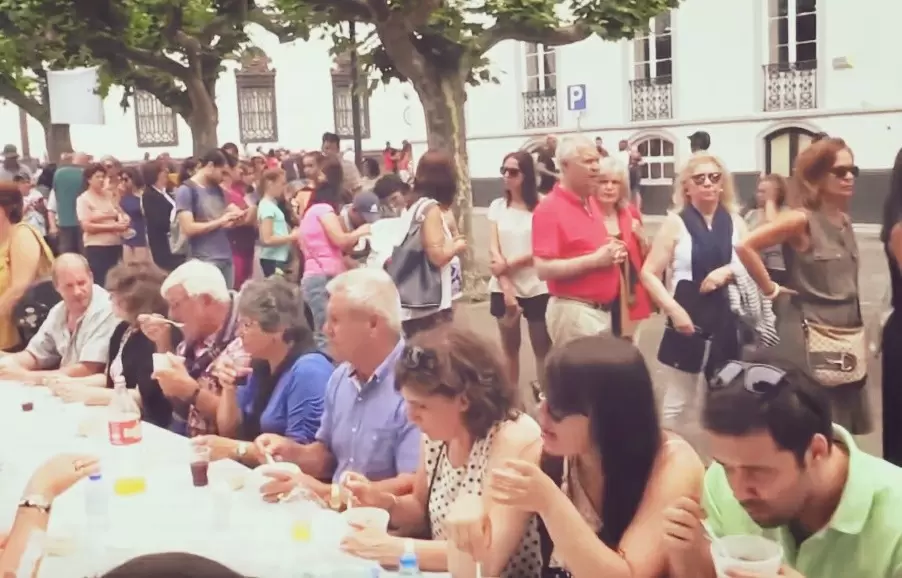
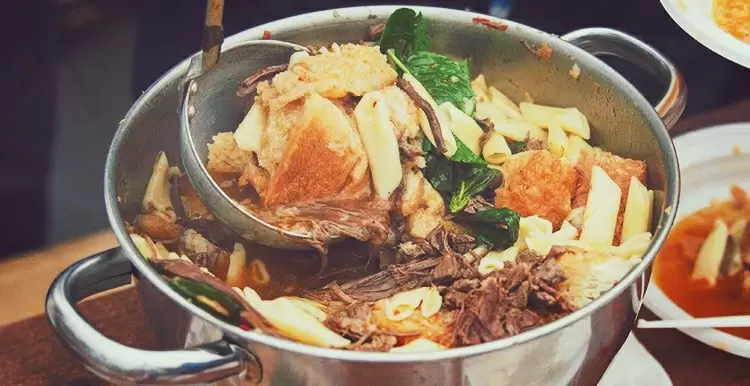
In the Azores, the festivals continued despite facing pressure from the religious courts that controlled the area. They marked the occasion with certain features:
- A Brotherhood that wasn’t concerned with who they are or what they have.
- An “Império“ typically refers to a building or hall where a festivity is held. In Ponta Delgada, they celebrate in the street.
- Mordomo would be the brother chosen to take care of the feast. He usually had more than most.
The “Foliões” are a group of men with instruments. They make music to liven up the brothers. Some islands have “Knights” who hand out food.
At the party, people would give each other bread and meat. Over time, they started making a special soup called the Soup of the Holy Spirit. This is how they share bread and meat.
In Ponta Delgada, they deliver tens of thousands of soups to all who pass by.
All this is symbolic: the duty of care for each other. The people have internalized this principle and are still a very supportive community.
The cult started with a belief in a new kind of world. It would be friendly and there wouldn’t have to be so many rules that everyone had to follow. A quite different view from the Inquisition.
São Miguel Pilgrimage Movement (Romeiros)
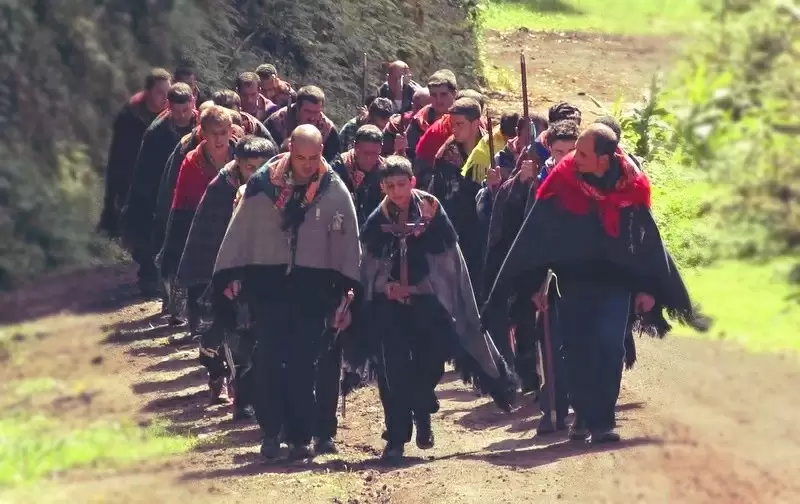
Earthquakes happen in São Miguel. People seek help from God. That explains part of their traditions.
The earthquake of 1522 destroyed much of the town and killed many people. This started the movement in Vila Franca do Campo.
They walk around the island of São Miguel for 8 days, praying and stopping at places where Saint Mary is honored.
There are different groups, and each has a leader (plus a back-up if the leader is sick). People look up to them like they are wise elders.
The pilgrims call each other “brother.” At night, strangers give them shelter in the area they are. Many immigrants travel there just to join in, sometimes eating only bread and water.
Micaelense Accent
For centuries, this place was remote. It was a place of cultural diversity, with its personality. You could tell by the way people from São Miguel spoke — a mix of the accent of Castelo de Vide (Alto Alentejo) and French. It is something special to São Miguel.
The people from here have accomplished great things. Teófilo de Braga commanded the first Portuguese Republic government. Antero de Quental and Natália Correia were renowned writers and artists, inspired by the beauty of nature.
The population decreased in the mid-twentieth century. People moved to the U.S. and Canada, but they stayed connected to São Miguel. They took their celebrations with them.
Recently, the service sector (mainly tourism) has exploded. However, the main wealth of the island is still the cattle for the supply of meat, milk, and derivatives.
What to see near São Miguel:
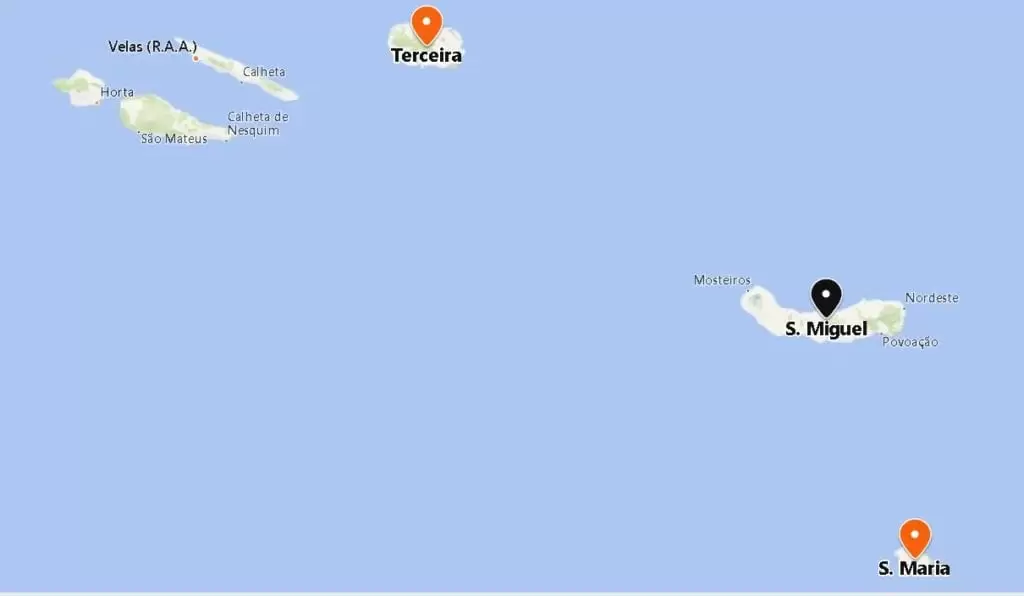
It is part of the eastern group with Santa Maria. It has air connections between Ponta Delgada and Santa Maria airport (half an hour’s drive).
The second-nearest island is Terceira in the Central Group. There are regular flights (40-min trip)
Terceira Island, Portugal
From May to October, you can take a boat from Ponta Delgada Marina to Vila do Porto (Santa Maria Island). It takes 3-4 hours and costs around 50 euros per adult. Find out more on Atlânticoline.






